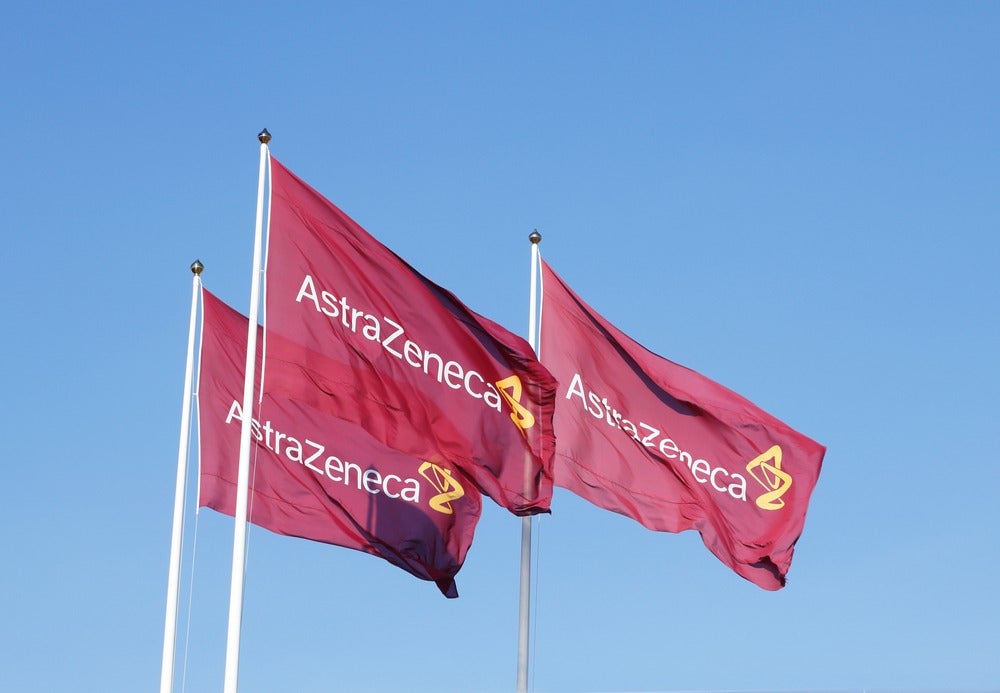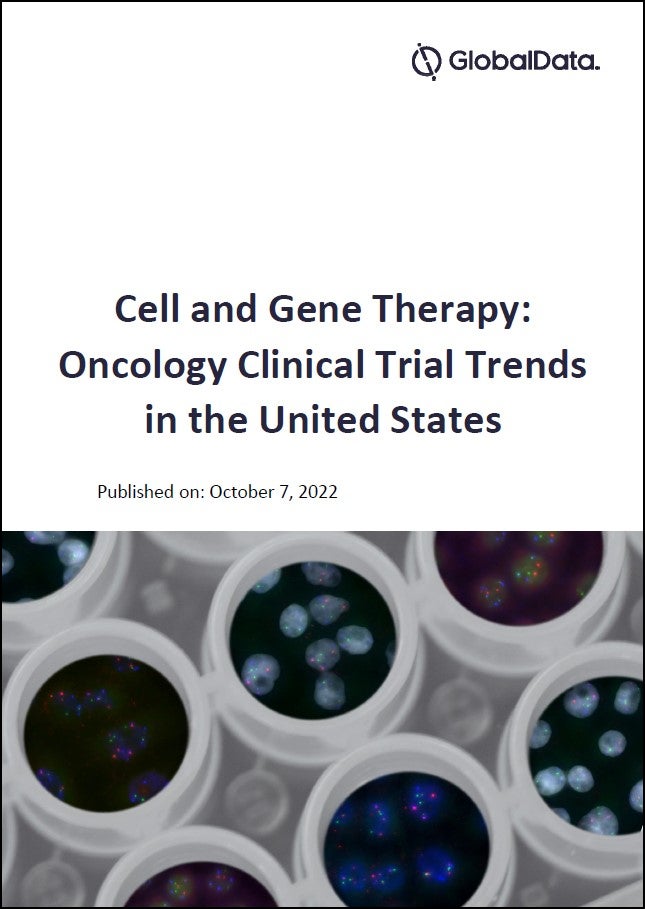Final results from the Phase III FLAURA trial investigating AstraZeneca’s Tagrisso (osimertinib) in locally-advanced or metastatic non-small cell lung cancer (NSCLC) were presented at the European Society of Medical Oncology (ESMO 2019) meeting in Barcelona, Spain.
FLAURA demonstrated an overall survival (OS) benefit with Tagrisso over the previous tyrosine kinase inhibitor (TKI) standard-of-care (SOC) treatments, AstraZeneca’s Iressa (gefitinib) or Roche’s Tarceva (erlotinib). Tagrisso was investigated for the first-line treatment of patients with epidermal growth factor receptor mutated (EGFRm) NSCLC, particularly exon 19 deletion or exon 21 L858R which are estimated in 45% and 40% of EGFRm patients, respectively. Tagrisso is the first EGFR-TKI monotherapy to show a statistically significant OS benefit over other EGFR-TKIs.
How well do you really know your competitors?
Access the most comprehensive Company Profiles on the market, powered by GlobalData. Save hours of research. Gain competitive edge.

Thank you!
Your download email will arrive shortly
Not ready to buy yet? Download a free sample
We are confident about the unique quality of our Company Profiles. However, we want you to make the most beneficial decision for your business, so we offer a free sample that you can download by submitting the below form
By GlobalDataStudy author, Professor Suresh Ramalingam of the Winship Cancer Institute of Emory University, Atlanta, Georgia, reinstated that these final results reinforce the therapy as the SOC for first-line treatment of patients with EGFRm advanced NSCLC.
In FLAURA, Tagrisso demonstrated a median OS of 38.6 months compared to 31.8 months for patients receiving Iressa/Tarceva and further indicated better long-term OS rates with one-, two- and three-year OS rates of 89%, 74%, and 54% compared to Iressa/Tarceva’s 83%, 59%, and 44%, respectively. Encouragingly, after three years, 28% of patients taking Tagrisso remained on 1st-line treatment, compared with 9% of patients taking Iressa/Tarceva.
Median progression-free survival (PFS) was also significantly higher with Tagrisso at 18.9 months compared with 10.2 months for Iressa/Tarceva. Tagrisso crosses into the CNS and demonstrated a reduced risk of central nervous system (CNS) disease progression in 6% of treated patients compared with 15% of those treated with Iressa/Tarceva, increasing the time patients with CNS metastases lived without CNS disease progression or death.
Several marketed therapies are classed as EGFR TKIs, which target EGFR mutations to inhibit hyperactivation of EGFR and the resulting aberrant cell proliferation. Tagrisso is a third-generation, irreversible, oral EGFR-TKI that inhibits both EGFR-sensitising mutations for which it received first-line approval in April 2018 and EGFR T790M resistance mutations, for which it was approved in November 2015. Despite their initial efficacy, patients who are treated with EGFR-TKIs will often develop resistance to them through the acquisition of secondary EGFR mutations, the most common of which is the exon 20 T790M mutation.
AstraZeneca’s Iressa, Boehringer Ingelheim’s Gilotrif (afatinib), Eli Lilly’s Portrazza (necitumumab), Pfizer’s Vizimpro (dacomitinib) and Roche’s Tarceva are other treatments approved as EGFR-TKI therapies.
Last year, Tagrisso reported annual global sales of $1.9bn, representing growth of 95%, partly driven by its approval in the first-line EGFRm NSCLC setting, and became AstraZeneca’s largest-selling oncology medicine. In July 2019, Tagrisso faced barriers to its first-line use due to its poor cost-effectiveness resulting in a rejection from the National Institute for Health and Care Excellence’s (NICE) and lack of reimbursement from the UK’s National Health Service (NHS).
Further, concerns have been highlighted regarding the potential for acquired resistance to Tagrisso through MET amplification and EGFR C797S mutation, rendering patients in need of further treatments, such as EGFR/MET combination inhibitors or standard chemotherapies.
Discussing the published results at ESMO, Dr Pasi Jänne of the Dana Farber Cancer Institute stated that although cure is the ultimate goal, the future of EGFRm NSCLC therapies treatments should move on from single-agent EGFR-TKI comparisons and shift to building upon the efficacy of Tagrisso. Therefore, an understanding of where best to intervene to improve on Tagrisso is needed, for example, whether the addition of targeted therapy or chemotherapy combinations would be advantageous. Further, enhanced precision therapy which would identify low and high-risk EGFRm NSCLC patients, and determine those who can be treated on a single agent and those who require a combination approach. Tagrisso holds huge market potential, therefore, it is up to AstraZeneca to take advantage of the available opportunities for further development.
Related reports











Related Company Profiles
AstraZeneca Plc
Boehringer Ingelheim International GmbH
Nice S.p.A.
National Health Service
Eli Lilly S.A.